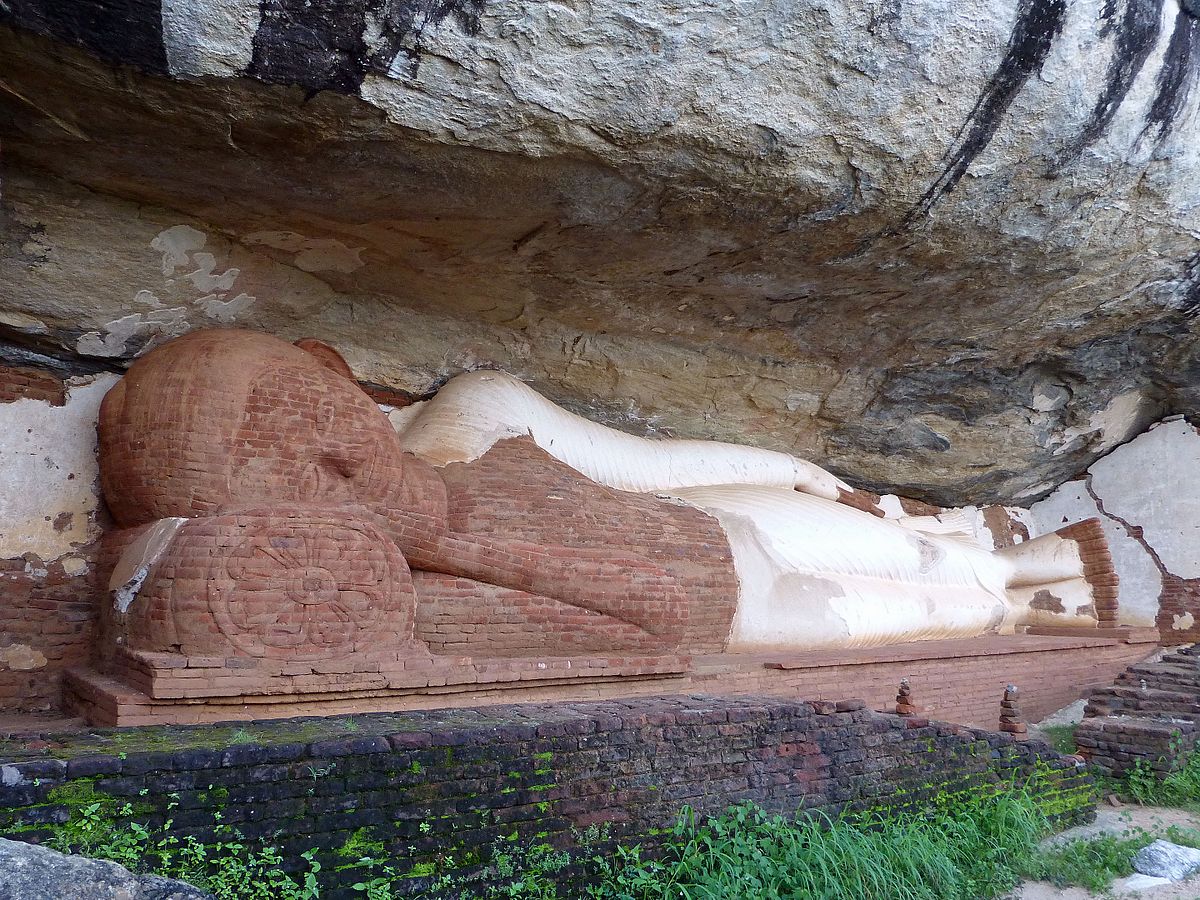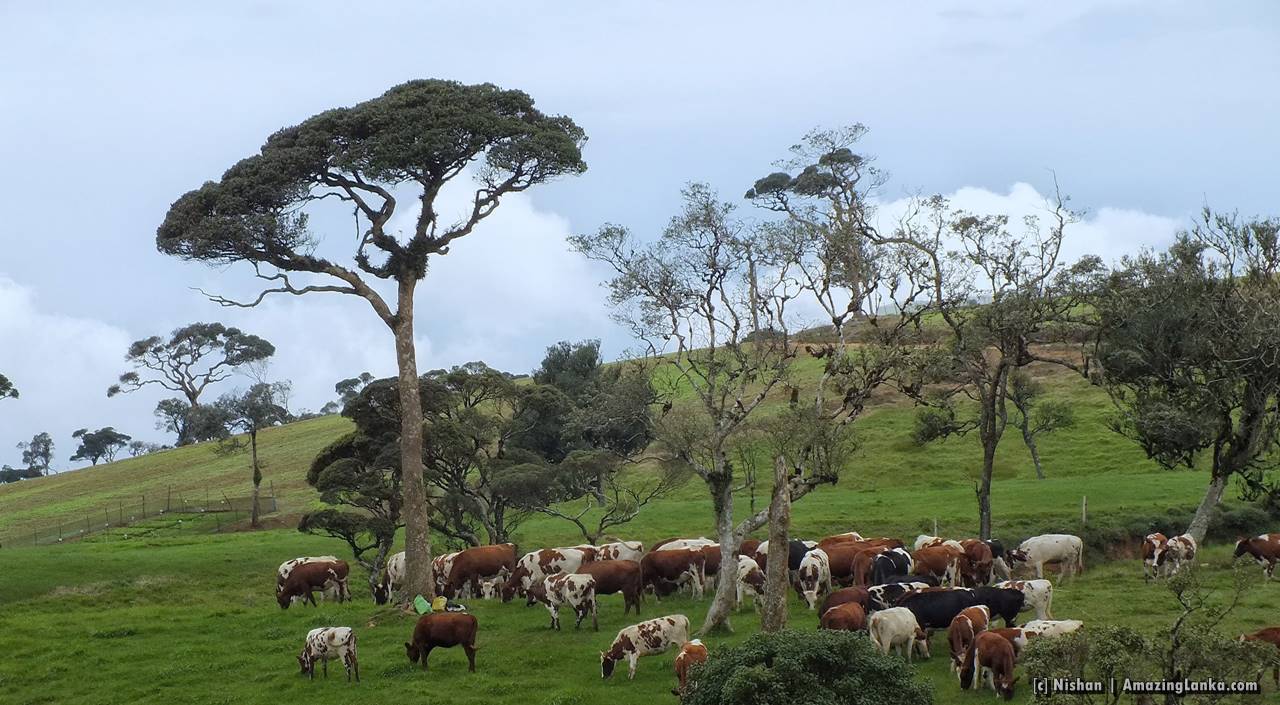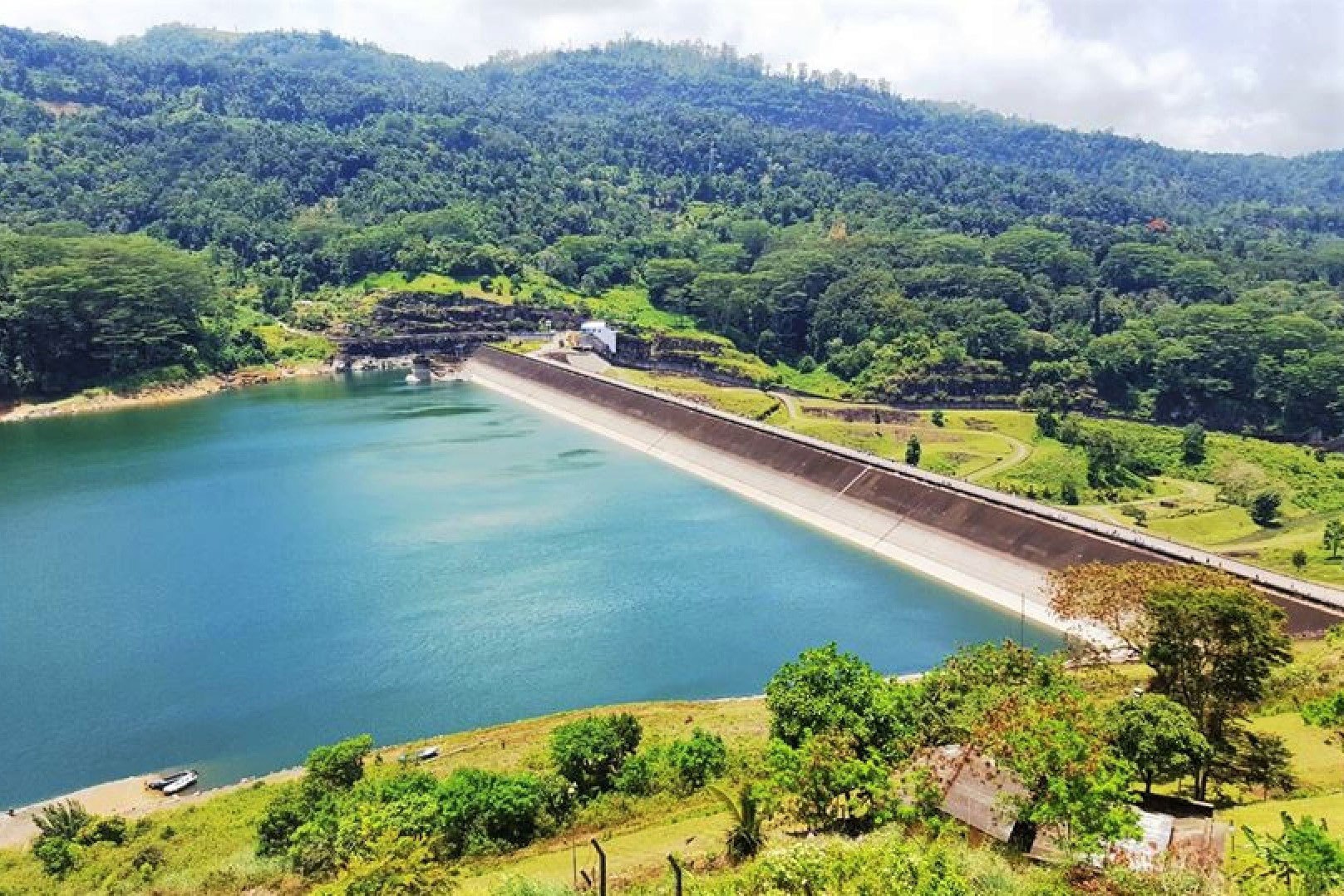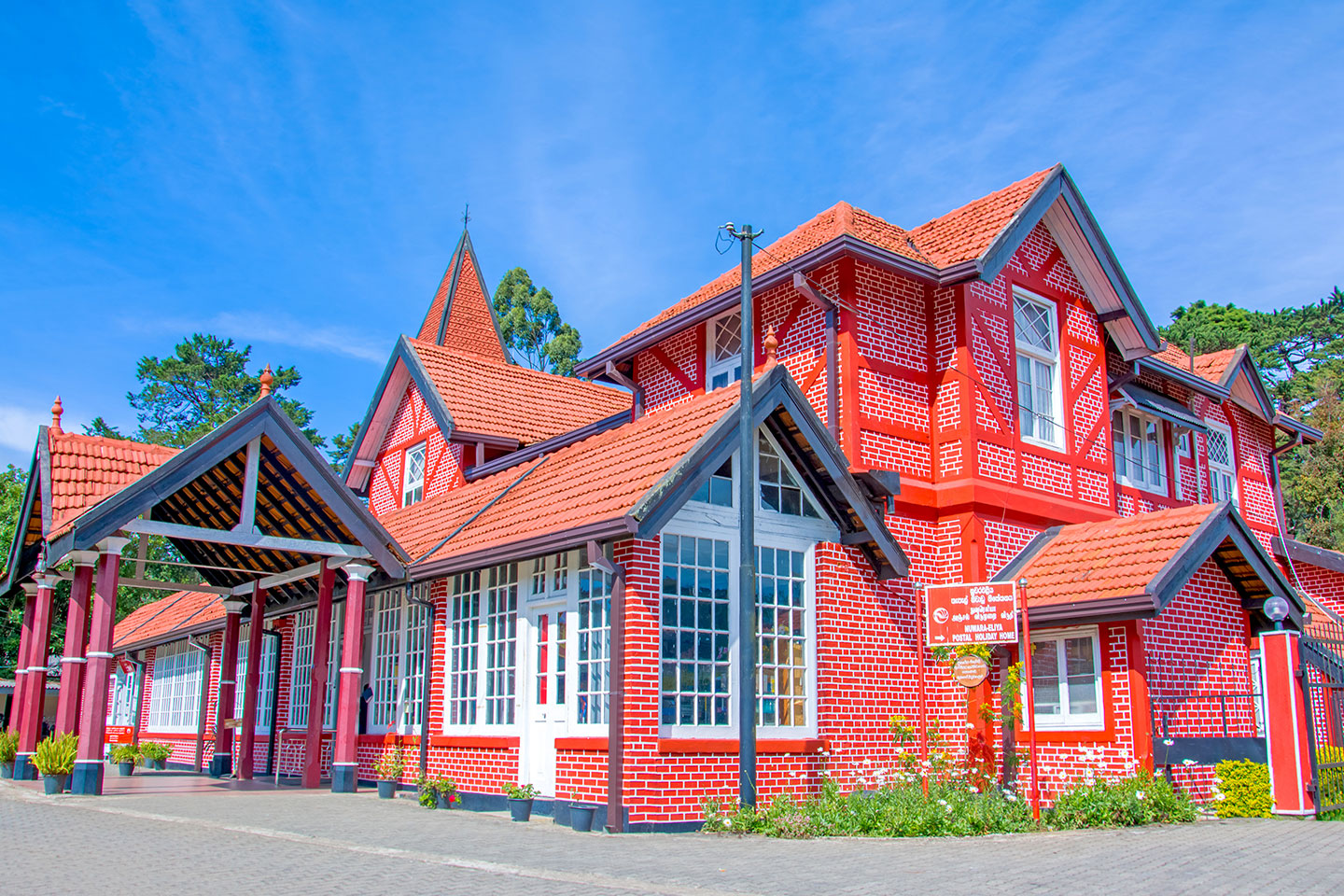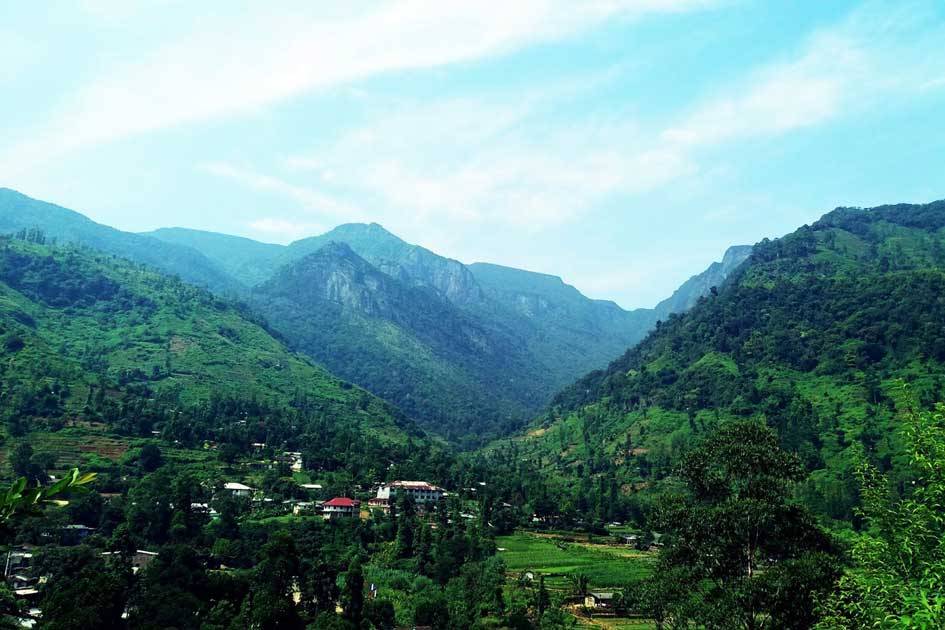Located just a short way away from the ancient rock fortress of Sigiriya lie the ruins of the old cave monastery of Pidurangala Great Royal Temple. The name of the monastery means “golden rock that was gifted/donated” (‘Pidu’ meaning gift and ‘ran gala’ standing for gold rock). According to proven history, the Pidurangala has high chances of having been built and patronized by the famous King Kasyapa (AD 477 - 495) during his era of rule, as archeological evidence confirms its creation and development to be between the 5th and 10th century AD. It is stated in the ancient Buddhist religious text ‘Mahavamsa’ that King Kasyapa built a temple and its surrounding structures and offered it to monks along with the ‘northern gardens’. Historians believe that this is a record of Pidurangala temple’s creation along with that of the monastery. Today the ruins of the monastery sprawl over a vast 13.5 acres and is said to have once given sanctuary to over 500 meditating monks. Despite its historical value, the place remains unknown for the most part due to being overshadowed by the fame of Sigiriya Rock Fortress, while also being physically hidden by the encroaching jungle.
The entire tour of the cave temple of Pidurangala monastery involves a long and somewhat difficult climb, especially in the latter part, that would rate a 6/10 in difficulty for the average visitor. The Main stupa which has had a modern makeover is located at the base along with a little cave temple. This temple includes a 150-year-old whitewashed cave temple built into the rock and a stupa built in 1951 housed within a square courtyard. The courtyard length of 80 feet surrounded by a six-foot-high wall. The stupa with a diameter of 50 feet can be entered from all four directions with the entrances facing four flower pedestals in the four directions. One of them is made of granite while the other three pedestals are made of limestone. The sacred precinct where the Stupa is located also houses the sacred Bo tree, the Idol/Image Hall, Chapter house, and the Assembly Hall. Despite the comparatively modern nature of these structures an ancient rope relic casket, a Roman coin and a copper sheet have been found in excavations in the cave temple. Also, within the cave temple are inscriptions related to the 6th-7th centuries AD.
However, the ancient ruins truly worth seeing are in a large cave at the peak of Pidurangala rock. It is reached by a set of crude ancient stone stairs after an average hike through deep vegetation. This ancient cave temple has a giant brick and mortar reclining statue, measuring up to 42 feet in length, along with a pair of other stone statues brought in from the outer monastic buildings on the same site. The reclining statue is said to have been the largest brick reclining Buddha statue in its heyday. It was once damaged by treasure hunters and was later restored in 2002 by the Department of Archeology. Even then very little of the original plaster remains exposing the ancient crumbling bricks to bare view. Once there were monks' huts on both sides of the statue but now only some parts of the base structure are clearly visible.
Among the other sights of archeological interest Pre-Brahmi inscriptions from the 5th and 1st century BC that have been found along the cave walls, confirming the presence of an ancient cave monastery in the area hundreds or even thousands of years before the later monastery was built. In addition, an inscription can be found in front of the cave and includes information about the fields offered to the temple in the past. Beyond the upper cave temple, the true peak can be reached by a somewhat difficult climb and provides awestriking views of the surrounding countryside.
Toilet Facilities: Yes
Disable accessibilities: Yes
Distance from Matale: 20km
Tickets: Yes
